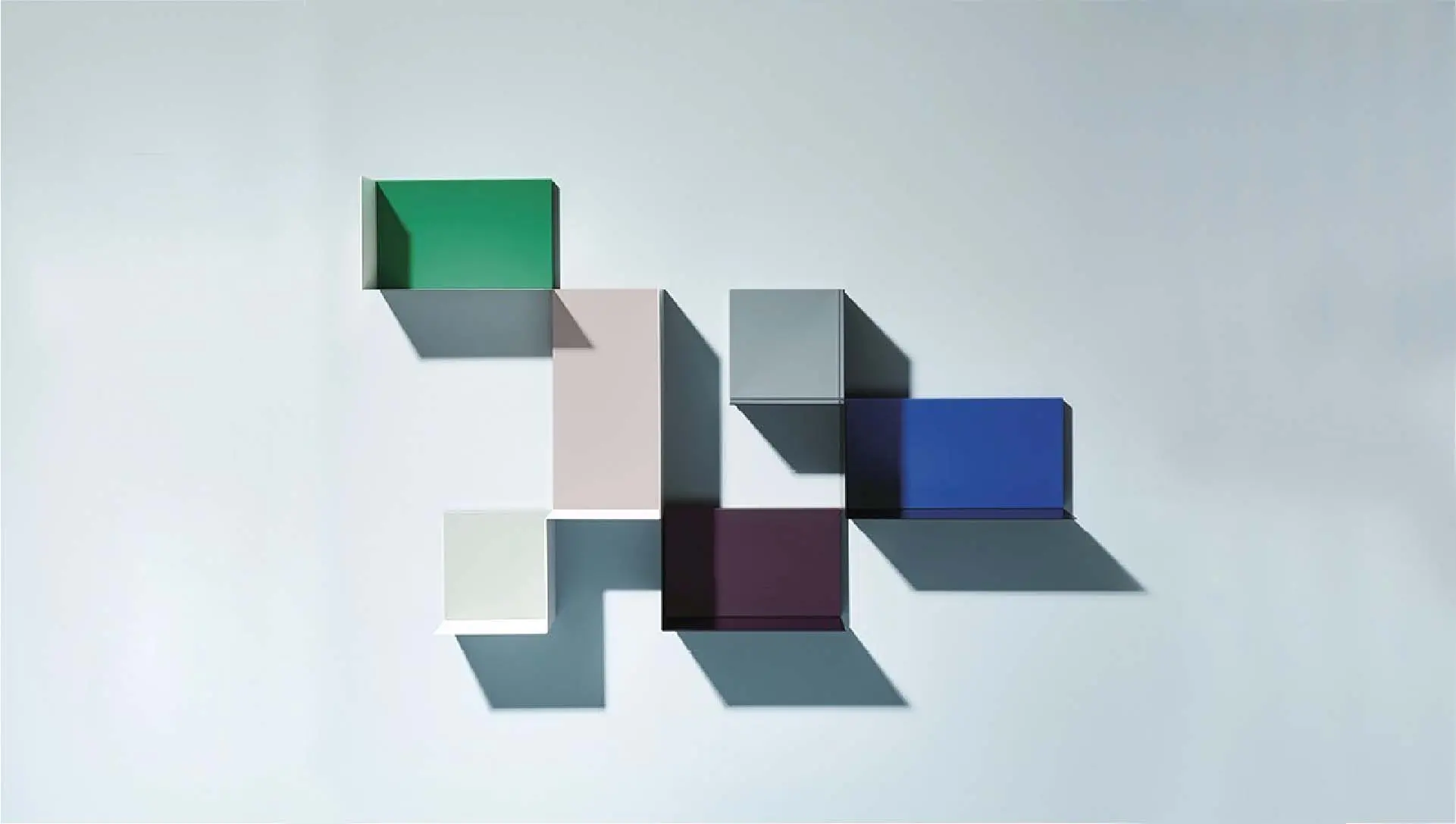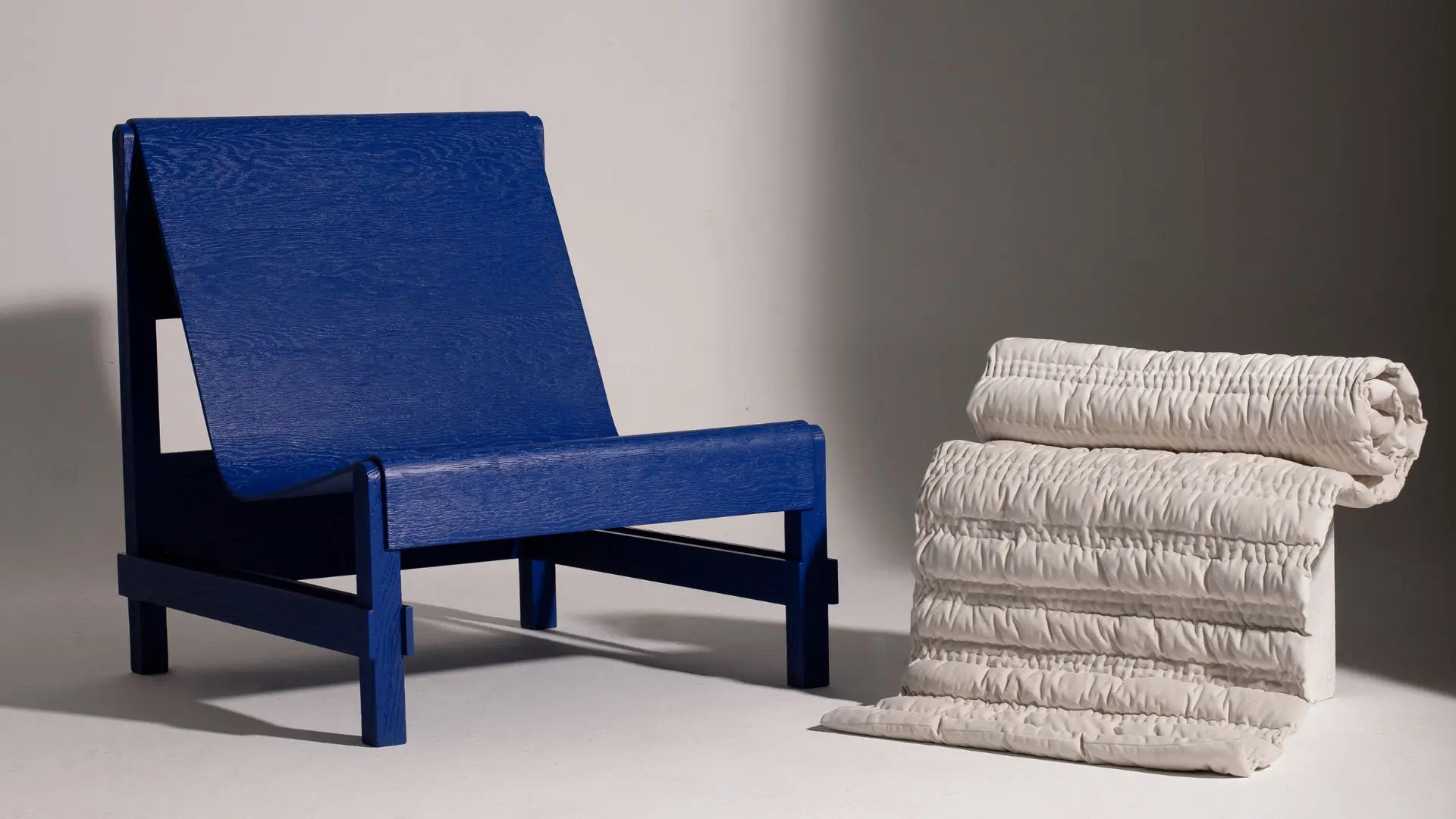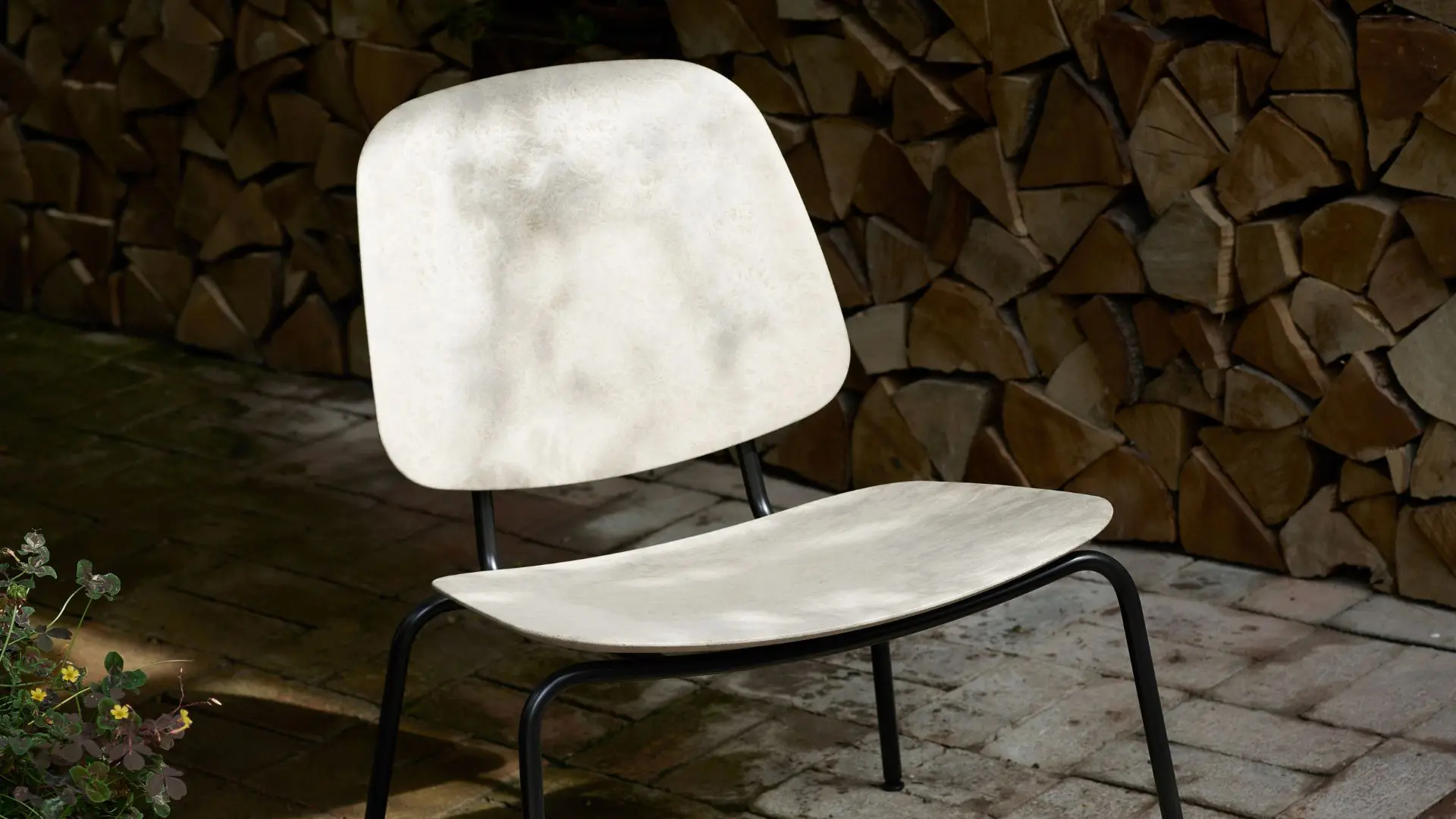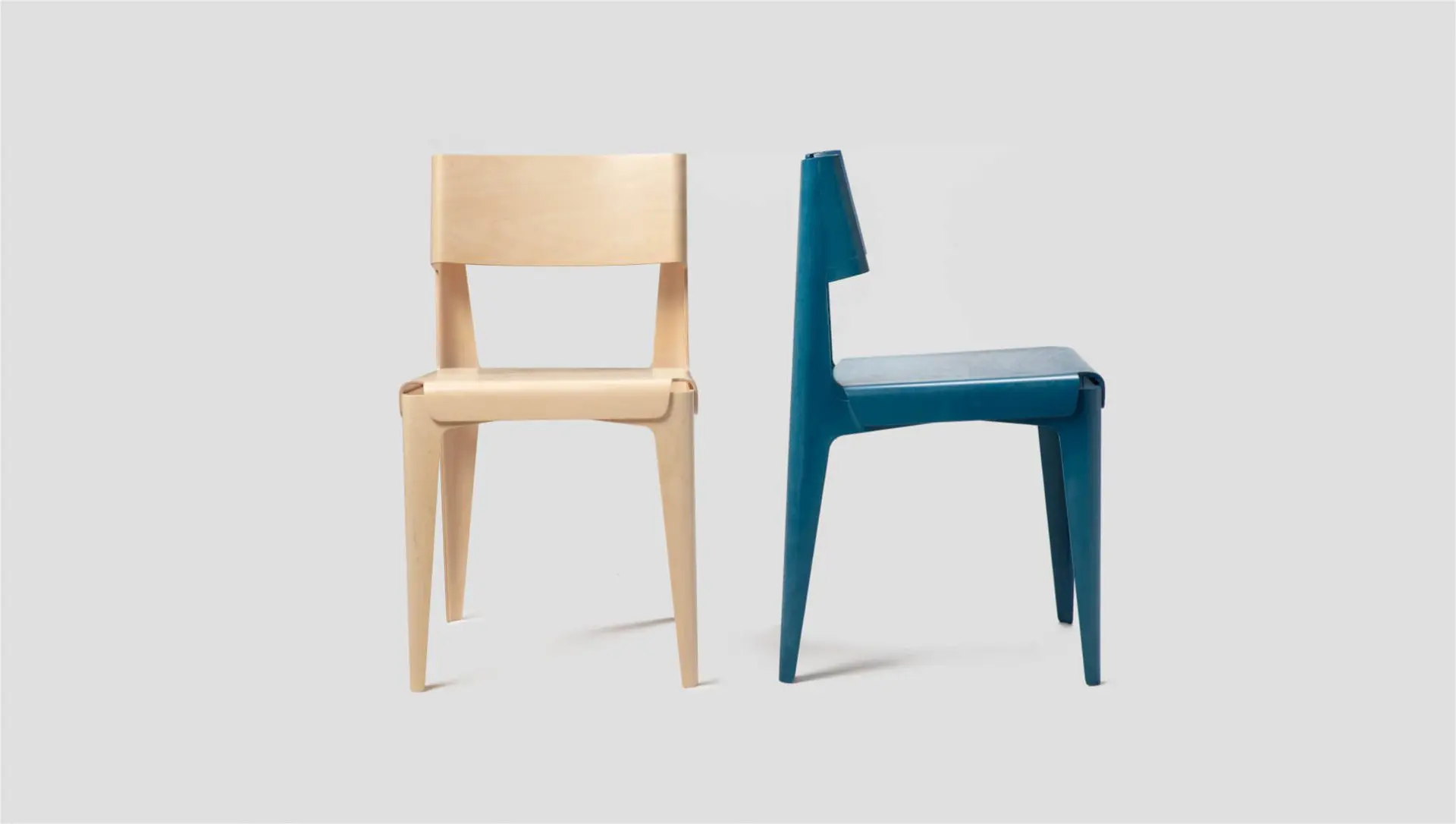Schönbuch’s new furniture exudes personality and character

The German brand’s bright and beautiful pop-up shop at Milan Design Week unveiled its latest products designed by Luca Nichetto and Sebastian Herkner, among others.
Schönbuch really understands the importance of first impressions. After all, it did start out furnishing entranceways in the sixties, an origin story that also helps explain the German brand’s incredible use of color.
Bright, plentiful and not afraid to play with contrast, this approach captured our attention when we discovered Schönbuch’s pop-up showroom during Milan Design Week.
Upon a backdrop of pink hues, the brand unveiled its newest products including wall mirrors, tables and serving trolleys—all of which represent the brand’s striking yet sufficiently minimalist style and add to the extensive catalogue of over 150 product families Schönbuch is known for today.
In the sixty years since its inception, the company has achieved global renown as a contemporary interiors brand, in part because of the undeniable quality of its products. Every piece is hand-made in Bavaria by expert joiners, a feat that has attracted a roster of high-caliber signatures.

This year, Italian designer Luca Nichetto joined an impressive team of German designers including Sebastian Herkner, Mathias Hahn, Meike Harde, Martha Schwindling and Jo. van Norden, all of whom worked on their own unique product for Schönbuch.
Nichetto designed Sumi, a range of metal coat stands with a finely textured, black powder coating. The modular design features a series of hooks that resemble tree branches and can be combined with accessories including mirrors and shelving to create free-standing or wall-mounted coat stands or statement floor-to-ceiling units.
Also opting for a modular design, Jo. van Norden has created the DADO shelf, which comes in three sizes that can be used upright or horizontally and arranged in various configurations. The point here is to decorate with Dado and there is plenty of scope for doing so.
Schwindling and Harde have both designed wall mirrors to add to Schönbuch’s collection, the former opting for a purist design with curved contours that slightly cinch in at the sides. Meanwhile, Harde was inspired by optical illusions with Kimo, a mirror with a 3D effect that adds a sense of depth to a space.
Discover more German design on Milan Design Week 2021, check out CUT by BUDDE wins Isola Design Award for Furniture & Product Design selected by DesignWanted.

Meanwhile, Hahn has designed Akira, a gently curved bureau with an open structure to showcase a person’s individuality. This is furthered by the wide range of matt painted finishes and colours, which is a hugely important point of difference for the brands.
Annually adding fashion-forward hues that speak to its “haute couture” approach, colours are one of Schönbuch’s great strengths. Another is its custom-fitted storage solutions—it can customise anything to fit anywhere.

The brand’s motto is “Hand-made in Bavaria – at home around the world”, which rings true thanks to Schönbuch’s Creative Director Carolin Sangha, whose signature style permeates the entire product portfolio. “Besides aesthetics, I find practicality and superior quality hugely important,” she says.
According to Sangha, she sees her mission as creating products that are striking yet sufficiently minimalist to integrate easily into the existing environment. Mission accomplished we say.
Curious to know more about presented minimalistic furniture design this year at Milan Design Week? Check out Orografie’s debut collection is designed for a device-driven world.









